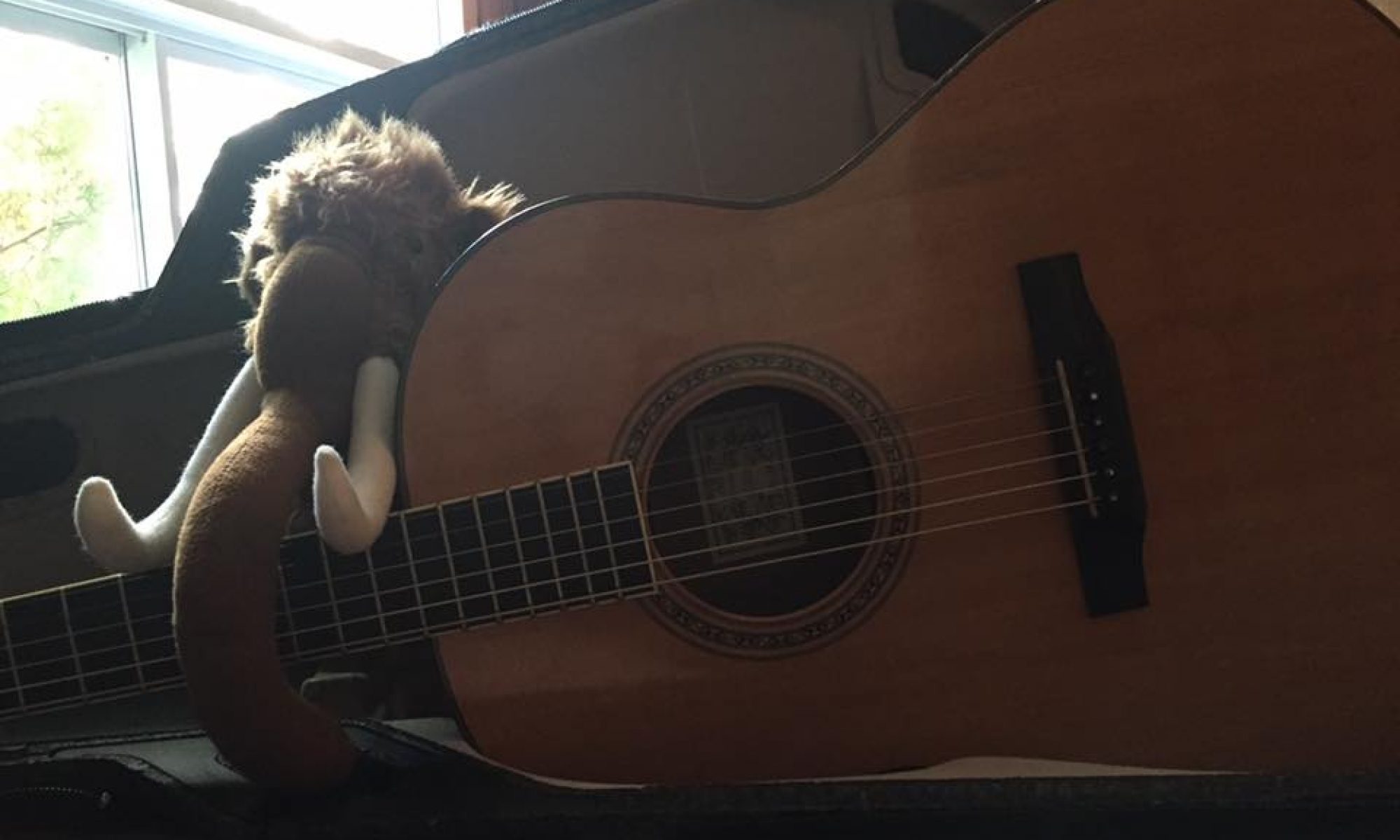My new applewood fife and mopane flute have now been officially broken in at session, to the satisfaction of all parties involved. Those who attended session along with and me last night (which would be , Matt, and Marilyn) expressed their approval in particular over the voice on the flute, which was very nice indeed in the pub. :D
I learned pretty quickly though that I’m not quite up to speed with my known tunes on these instruments yet. This is in no small part due to the fingerings on keyless flutes. The fife and flute both are in D, which means that the good part is, the fingerings are therefore very close to my piccolo. All fingers down means D on these instruments and on Shine alike, for example.
The bad part is, however, that the fingerings are not exactly like the fingerings on the piccolo! Shine being a concert C instrument (kicked up an octave) of course means that it’s oriented around the C scale, NOT around the D scale. So one finger down on Shine means C, not C#. I therefore will have to get the cross-fingerings for accidentals into my muscle memory on the fife and the flute in order to make these tunes work properly. Relatedly, I’ve also discovered that “Da Slockit Light” requires a G# and THAT in particular is going to be amusing to finger on these instruments.
Likewise I have learned that while the new instruments are going to be in regular session rotation, this does NOT mean Shine gets to stay home. I discovered VERY fast that if I’m trying to follow the others by finding sheet music for tunes in TunePal, I will be much, much more able to play on Shine than on either of the new guys. This is very clearly because when I see sheet music, my visual association with those notes is still solidly attached to the fingerings on keyed flutes. So next time, Shine comes to session along with the new ones.
On a much easier note though I have also discovered that the “Road to Lisdoonvarna / Swallow Tail Jig / Morrison’s” set we’ve been doing is surprisingly easier to play on the fife than it is on the piccolo. No half-holing is required for any of these tunes, and I seem to actually have an easier time playing Chirp, the fife, than I do Shine! The required embouchure is not as intense.
Which of course leads me to report that the fife is well and officially Chirp, now. The jury is still out on what to call the mopane flute, though. Ellen has opined (and I am inclined to agree) that this instrument should be named something Irish, since I am after all intending to use it primarily for Irish music, even if it’s made out of African mopane! She has proposed ‘Selkie’, which I must consider with due consideration–since this flute’s got a deep, rich voice and a deep golden brown color, both of which I could see being evocative of a selkie. I need to commune with the flute some more though and see if it agrees with me on this important matter.
Dara and I were discussing instrument names last night, too, and I shot down naming the flute either Herp OR Derp, pointing out that if any instruments in the world would be named those, they would clearly be kazoos. Dara now wants kazoos for the express purpose of naming them Herp and Derp.
And for that matter, I further opined that an accordion is too complex an instrument to be named Herp or Derp. To which Dara immediately replied that an accordion is NOT too complex to be named PAMCAKES!
I think her squeezebox has a name now.

Where Anna the Piper geeks out